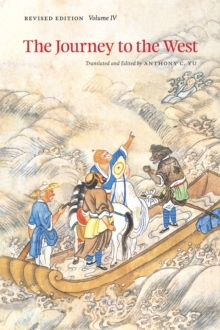
Tracks across Continents, Paths through History : The Economic Dynamics of Standardization in Railway Gauge Hardback
by Douglas J. Puffert
Part of the Emersion: Emergent Village resources for communities of faith series
Hardback
Description
A standard track gauge - the distance between the two rails - enables connecting railway lines to exchange traffic.
But despite the benefits of standardization, early North American railways used six different gauges extensively, and even today breaks of gauges at national borders and within such countries as India and Australia are expensive burdens on commerce.
In "Tracks across Continents, Paths through History", Douglas J.
Puffert offers a global history of railway track gauges, examining early choices and the dynamic process of diversity and standardization that resulted.
Drawing on the economic theory of path dependence, and grounded in economic, technical, and institutional realities, this innovative volume traces how early historical events, and even idiosyncratic personalities, have affected choices of gauges ever since, despite changing technology and understandings of which gauges are optimal.
Puffert also uses this history to develop new insights in the theory of path dependence. "Tracks across Continents, Paths through History" will be essential reading for anyone interested in how history and economics inform each other.
Information
-
Available to Order - This title is available to order, with delivery expected within 2 weeks
- Format:Hardback
- Pages:376 pages
- Publisher:The University of Chicago Press
- Publication Date:01/03/2009
- Category:
- ISBN:9780226685090
Information
-
Available to Order - This title is available to order, with delivery expected within 2 weeks
- Format:Hardback
- Pages:376 pages
- Publisher:The University of Chicago Press
- Publication Date:01/03/2009
- Category:
- ISBN:9780226685090










